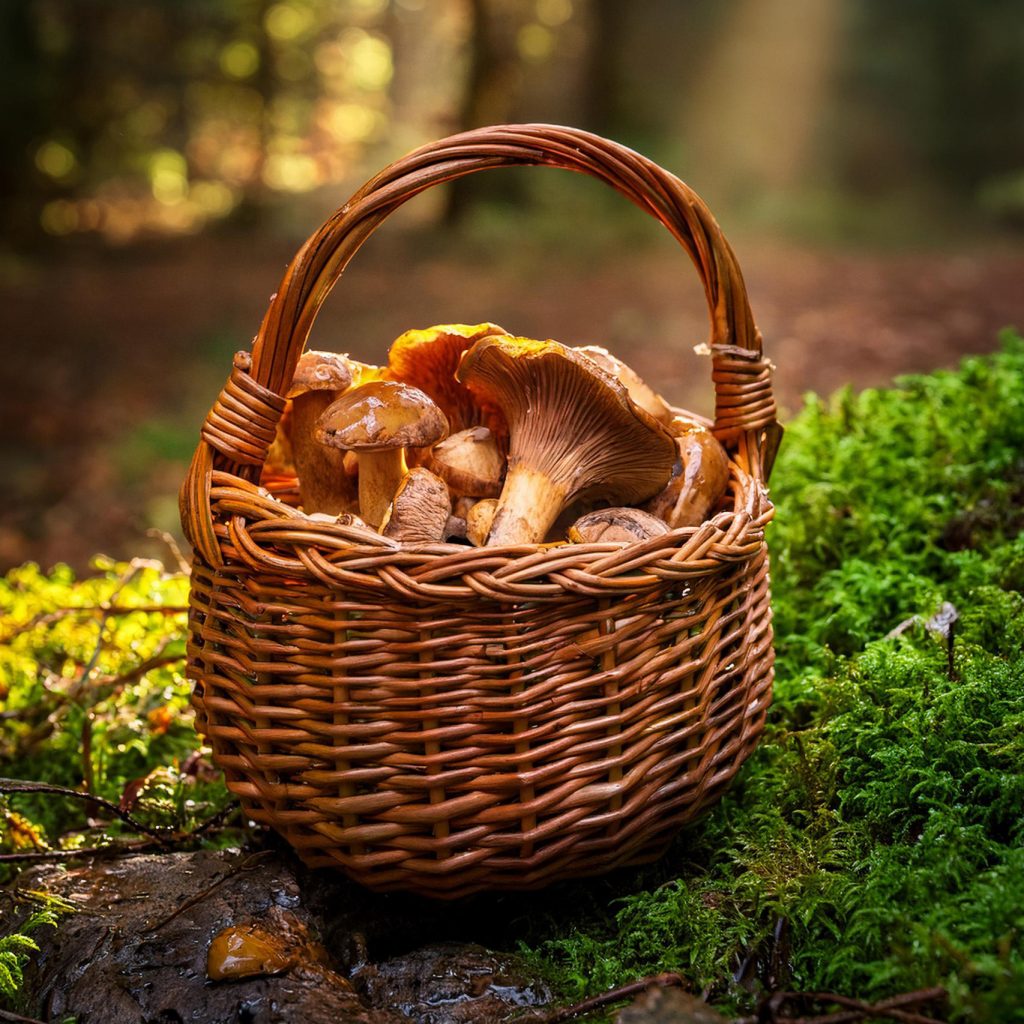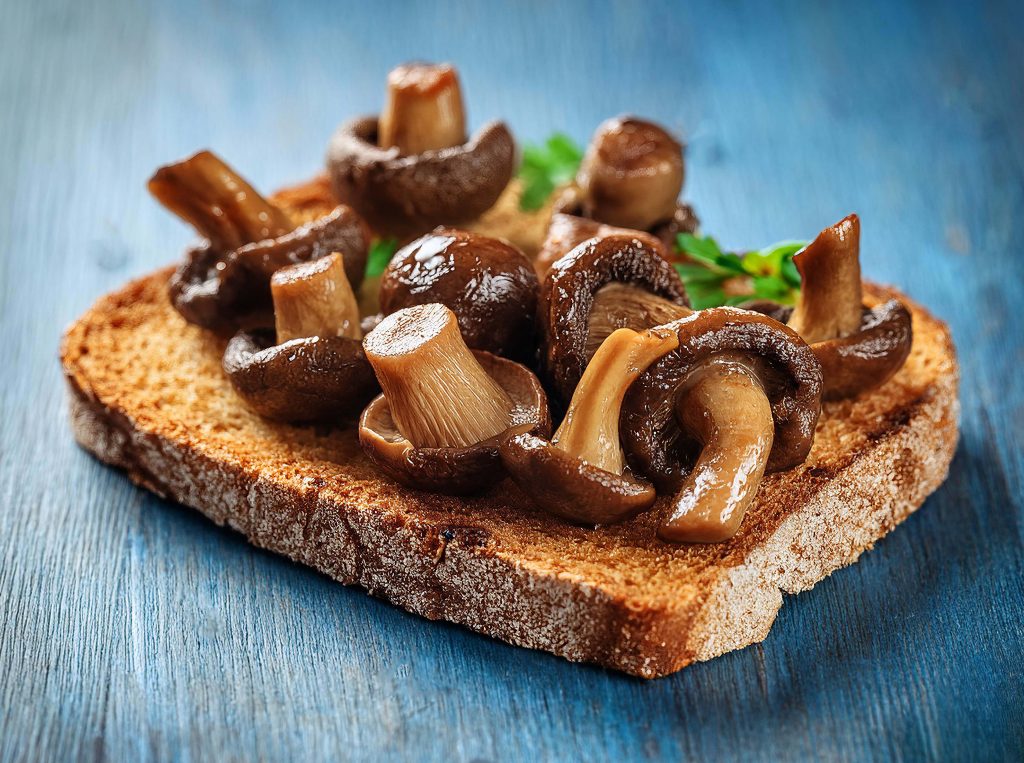This comforting winter dish celebrates the humble root vegetables of the season, bringing together their earthy sweetness with a tangy, creamy preserved lemon yoghurt for a perfect balance of flavors.
A medley of roasted root vegetables—carrots, parsnips, turnips, and golden beets—are the stars of this dish. Tossed in olive oil, smoked paprika, and thyme, they’re roasted until caramelized and tender. Their natural sweetness is intensified, complemented by a subtle smokiness and herbaceous aroma.
To add layers of texture, crispy chickpeas seasoned with cumin and coriander are scattered across the dish. These add a delightful crunch, alongside toasted seeds—like pumpkin and sesame—that lend nutty undertones.
The preserved lemon yoghurt ties it all together. Made with a plant-based yoghurt, the preserved lemons add a unique punch of salty, citrusy brightness that cuts through the richness of the roasted vegetables. To prepare, finely chop the preserved lemon and stir it into creamy vegan yoghurt with a touch of garlic, fresh dill, and a drizzle of olive oil.
Serve this dish warm, garnished with a sprinkling of fresh parsley or mint for color and freshness. Pair it with crusty sourdough bread or a grain like quinoa to turn it into a hearty meal.
Perfect for chilly evenings, this dish is not just filling but also nourishing. The combination of warm, roasted flavors with the vibrant zing of the preserved lemon yoghurt creates a delightful contrast, making it a memorable addition to any winter menu.
- 1 pumpkin or squash (about 800g / 1 ¾ lb) cut into 2cm wedges
- 3 beetroot (about 400g) peeled & quartered
- ½ celeriac (about 400g / 14 oz) peeled & cut into 2cm chunks
- 2 fennel bulbs cut lengthways into eighths & fronds reserved
- 2 sprigs rosemary leaves picked
- 2 tablespoons olive oil
- large handful of soft herbs (about 50g / 1.8 oz) roughly chopped (coriander & parsley work well)
- pinch of flaky sea salt & black pepper
- FOR THE PRESERVED LEMON YOGHURT
- 1 tub coconut yoghurt (about 250g / 9 oz)
- 1 bulb garlic
- 1 preserved lemon seeds removed & finely chopped
- Preheat the oven to 180°C fan / 390°F. Place the squash, beetroot, celeriac, fennel and rosemary on a large baking tray. Drizzle with olive oil and season generously.
- Slice off the top of the garlic bulb, wrap tightly in foil and pop it in the corner of the tray.
- Pace the tray in the oven and cook for 45–50 minutes until tender and deeply golden.
- Remove the garlic and mix together with the yoghurt, preserved lemon, a pinch of salt and plenty of black pepper. Transfer to a serving platter and spread out in a large circle
- To serve, pile the roasted veg on top of the yoghurt, along with any oil from the tray (this will be full of flavour). Scatter over the herbs and add a pinch of sea salt flakes.






